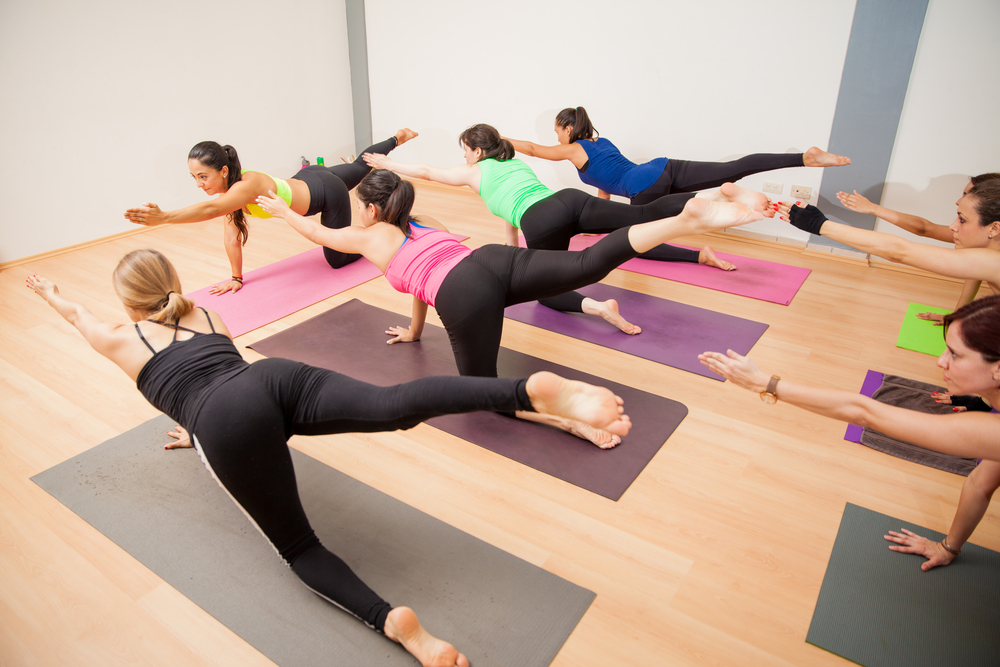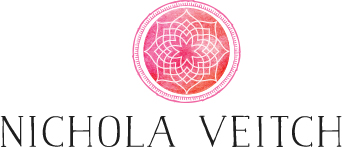
You’ve been practicing yoga for a while and have fallen in love. You talk to anyone who will listen about yoga, you’ve bored your friends and family silly and you’re keen to learn more.
You’re ready to share your passion and start teaching?
I regularly receive queries from people who have fallen in love with yoga and want to learn to teach, so I decided to share some general tips here.

Finding the style of yoga.
First of all, what type of yoga have you been practicing? Try classes in different styles to experience different aspects of yoga, and determine what style of yoga is for you. Hatha, vinyasa flow, astanga, hot yoga, power yoga, satyananda, viniyoga, kundalini yoga and on and on. Try different teachers that teach the same style of yoga as we all have different approaches to teaching. Some teachers weave the philosophy of yoga into their classes, some focus on the breath, some the poses with correct alignment, some on the energetic flow through the mind and body. So explore more of what yoga has to offer outside of your usual class. Observe how you feel body and mind after each class.
Ask the teacher about how they got started and what training they did.
Attend workshops to deepen your learning and absorb yourself in the practice of yoga. Again, observe how you feel. Did anything spark your interest? Follow those sparks!

Decide on the course format that works for your lifestyle.
Once you know what style of yoga works for you and you feel would be a good basis to teach from, start looking for courses. Can you travel? Can you take three or four weeks away from work and family? Are you looking to immerse yourself in yoga for a period of time or would you rather study over a year or two? Ask yourself what kind of learner you are. Are you easily distracted and need to absorb yourself in the practice away from every day life. Or do you like to take your time, study with others then learn on your own?

Develop a home practice.
Start practicing yoga at home, just you and the mat. Carve out regular times and days of the week, schedule it in. If you feel lost without a teacher guiding you then follow an online class, there are so many resources available online. Try Yogaglo.com or yogaformodernmovement.com
It takes discipline to establish a regular routine, but stick with it. Don’t beat yourself up when you skip a session, commit to another day and try again.
It doesn’t have to be perfect, you just have to start.

Read some wisdom on yoga
Pick up some books that will teach you more than yoga poses, read about the history of yoga, the philosophy, breathing practices, and so much more that will help you understand how yoga is a way of life and not just a form of movement. It will also explain why you feel so great after practicing yoga regularly.
Here are just a few suggestions to get you started.
– The Heart of yoga by T.K.V. Desikachar
This book provides a step by step guide to establishing a yoga practice based on viniyoga, including pranayama (breathing), asana (poses), history of yoga, the yoga sutras (yoga philosophy).
– The living Gita – The complete Bhagavad Gita: a commentary for modern readers by Sri Swami Satchidananda
I struggled to read several additions of The Bhagavad Gita before I found this book and it was a breath of fresh air, the commentaries on the translation provide the message of the gita as it relates to modern day life.
– Tending the Heart Fire: Living in Flow with the Pulse of Life by Shiva Rea
This book covers ayurveda, meditation, vinyasa yoga. Teaching us how to live in rhythm with the universal energies. One to keep dipping into.
– The Atlas of mind, body and spirit by Paul Hougham
This is an illustrated book on human anatomy that shows how consciousness and spirit manifest in the physiology of the body.
– Yoga Anatomy by Leslie Kaminoff
For human anatomy applied to yoga, illustrating which muscles are used in each yoga pose.
I could go on, but will stop there and write a new post solely for my book recommendations!
Any course you choose will have it’s own reading list, so choose a book here that sparks your interest, keep following those sparks – they will light the way!

Learn to meditate
Keep it simple.
– Wake up each morning, before you get ready for your day set a timer for 3 minutes, sit up tall in a position that is comfortable for you, on the bed with feet on the floor, or sat on the floor on a cushion with legs crossed, or back against a wall.
– Close your eyes, notice how you’re feeling, then let it go.
– Bring your attention to your breath and start to slow your breath down.
– Breathing in and out through your nose. Inhaling draw the breath down to your tummy and exhaling the tummy falls back towards your spine.
– Keep watching your breath, when your mind starts to wander simply bring yourself back to your breath each time.
Wake up the next day and set your timer to 4 minutes. Increase your meditation by 1 minute until you reach 20 minutes. You can do it!
Get used to sitting in stillness, listening, being open to receiving.
Notice how you feel after just a few days of meditation, then after a week, then two. The benefits of meditation are accumulative, so keep going.

Some familiarity will help you to feel more relaxed embarking on teacher training, practicing yoga on your own, sitting to meditate, reading even a little about the Yoga Sutras or Bhagavad Gita for example, will help you to ease into your training course, so not everything is completely new information.
Some of these will come after a training course, but it is good to experiment before you commit to the study and practice of yoga. Your learning will continue after the training, so do as much as you feel comfortable doing.
Enjoy the process and follow your interests, they will lead you to the right course for you.

Know that this is just the beginning.
I do not know a single yoga teacher who has completed just one course. There is so much to learn, so many amazing teachers to learn from, you are likely to attend several teacher training courses, diplomas or workshops.
The teacher training course you choose is not the destination, it is your launching pad into the world of yoga. Enjoy the journey.

Inspiration
Teachers that continue to inspire me on the yoga path that offer teacher training or workshops for further study.
Shiva Rea who I continue to study with.
Sally Kempton for her meditation teachings
Douglas Brooks for Sanskrit and philosophy teachings. (Available on Yogaglo)
Ana Forrest’s Forrest yoga for it’s strong asana practice used to access and work through mental and emotional blocks.

I have chosen not to recommend any teacher training diplomas as I feel it’s important to find your own way, listen to how your heart, mind and body responds to the practice.
I’ll repeat one last time, follow your interests! Whether that lies in anatomy, the energetics, the philosophy or the physical. They will lead you to move more deeply into yoga from the angle of your particular interest, you’ll meet students and teachers along the way who will lead you on to the next book, course, teacher and so it continues.
Trust that you will find exactly what you need and enjoy the beautiful journey that Yoga is.
I sincerely hope this helps fuel your passion and guides you on your path.
I’d love to hear from you, share your thoughts and experiences in the comments below.
With love,



Beautiful and very useful post! I’m starting my vinyasa TT in october and i’m excited but also scared about it, I know it will be a big challenge! This post was really helpful to review my steps and to discover some beautiful resources ( books and teachers) that I’ll use in the next few months :-)
Alessia xx
I’m happy you found this post useful! Enjoy your teacher training course. I’d love to hear how it goes. x
Thanks for the book and other suggestions. I am not looking to teach yoga, but to have a cognitive understanding to support the kinaesthetic sensing of yoga. Your previous book suggestions on breathing were excellent and helps to give more rounded knowledge to support the physical practice, especially for those like me who need a reminder and ready reference and like words to describe what is going on. Thanks for all your yoga guidance x.
You are so very welcome! That’s such a good point Gilbert, you don’t have to want to teach to learn more and dive deeper into your yoga practice. I’m happy to provide more inspiration and resources along the way if needed. x
I am now delving into T.K.V.Desikachars book The Heart of Yoga. Interesting ideas about the differential effects of having a longer pause after exhalation compared with inhalation. Post-Exhalation pauses (peps) in breathing having more effect on abdomen and post-Inhalation pauses (pips) having more effect on chest. I find that naturally my PEPS are about 6 times longer than my PIPS and wonder if it is due to abdomen area having more fat-storing capacity and more varied functions. Lots to ponder…..x
I love this post, it’s wonderful. I jotted down some of the books you recommend that were not already on my YTT reading list :) I feel it so deep in my heart to teach yoga.
So glad you found it useful Julie. Your passion comes through so beautifully, you’ll make a wonderful teacher! I’d love to hear how your training goes x